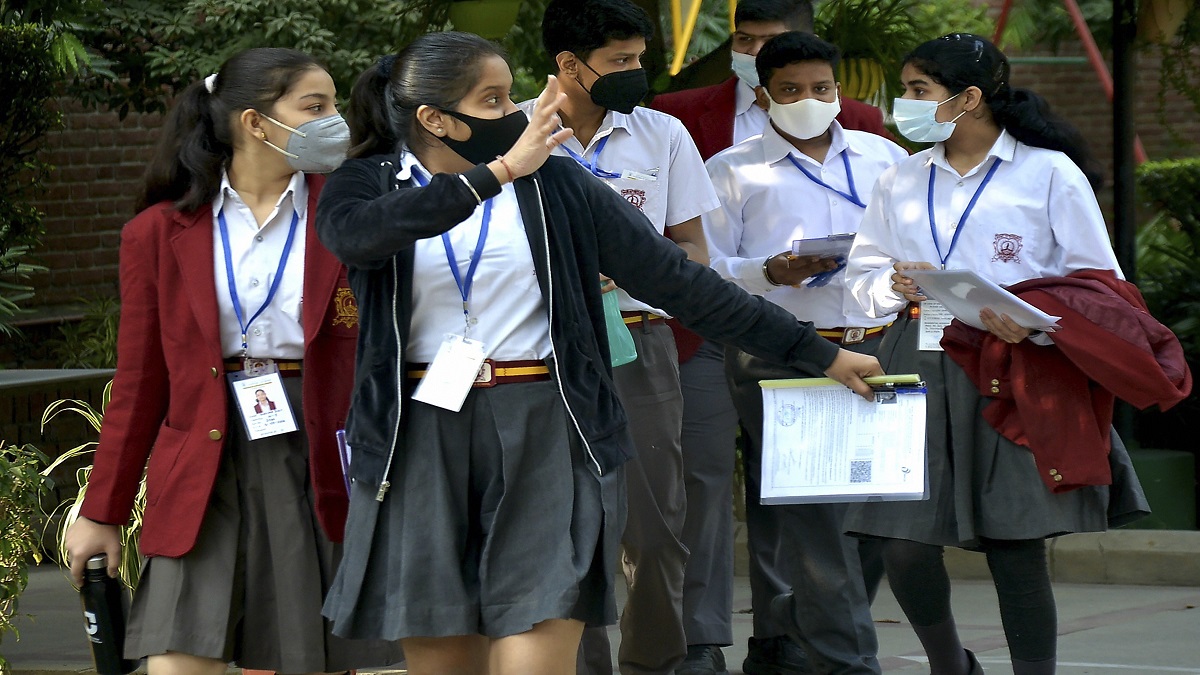Guwahati:
Teach the children and convey plastic every week as costs are all that this Assam faculty needs from its students. 14-year-vintage Prasanta is a scholar, but he also teaches six-year-olds at her faculty in Pamohi on the outskirts of Guwahati. However, Prasanta isn’t on my own. Older children studying at the Akshar School were trained to educate younger college students for a few years. They get paid for this, inspiring them to remain in college and not drop out.
I had long passed to high school. However, I had to drop out because of poverty, absorb paintings at a stone quarry, and with woodcutters to earn, but now this college has been a game-changer. I research here, train the more youthful ones, and receive a commission for this. I should buy something for myself with the cash,” Mr. Prasanta instructed NDTV.
In 2013, 30-year-old Mazin Mukhtar returned to India from the US and was educated in Aerospace engineering. However, he dropped out to train bad students in the US, after which he arrived in India to do the same. Along with his wife Parmita Sarma, who holds a Master’s Degree in Social work from TISS, he installed the Akshar School in 2016. They aim to bridge the space between conventional teachers and vocational training, where students pick up critical existence competencies required to get a task.

We agreed that there needed to be a new model for the scholars who live in abject poverty, so we came up with this version wherein college students analyze, and they are additionally skilled in specific vocational studies—the primary one is to be a trainer,” stated Mr. Mukhtar. The school began with 20 kids. Today, there are 100 and 10—all belong to negative households.
The school is affiliated with the National Institute of Open Schooling (NIOS).
School Fees
If students deliver at least 25 plastic waste items every week, they oughtn’t to pay their faculty fees. The plastic is recycled, and some of its miles become eco-friendly bricks, which can be utilized in the college’s new structures.
“We noticed that a circle of relatives individuals of our students used to burn plastics to get rid of them. We first explained to them that it did not include paintings, so we made it mandatory that they acquire plastic waste as a training fee, which is recycled to make eco-plastic bricks,” Parmita Sarma stated.
No grades are given to the scholars here.
“We truely revel in the way we’re taught in this college; we are never scolded, even we play plenty, and we are happy with this transformation in our lives,” stated 5-year-antique pupil Bandhan Kumari.
One of the most asked questions by migrants moving to Australia is, “How do I choose a school for my children?” It’s not easy when you’re 10,000 miles away, so let’s look at some of the things you need to consider.
Private or Public school
This comes down to personal preference and what you can afford. My children went through public schools in Western Australia and onto University, so public schools have been good for me. Public schools are often very diverse, and most draw their main body of students from the local community.
If you go private, beware that some are faith-based and follow a religious curriculum with some very old-fashioned values, often all-girls, all-boys schools. They pride themselves on sports, and many operate excellent sports programs. They are generally well-funded, which is something you would expect, considering they also receive funding from the government at the expense of public schools. A top private school can command a $30,000 fee per year, so make sure you understand the school fees’ impact on your living expenses.